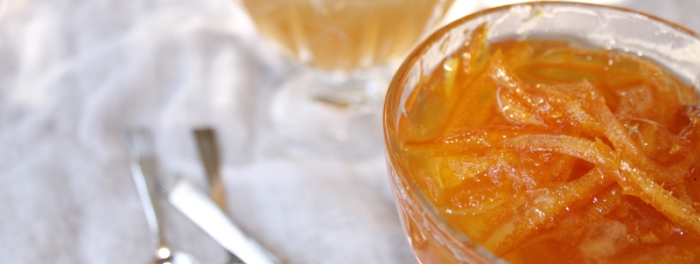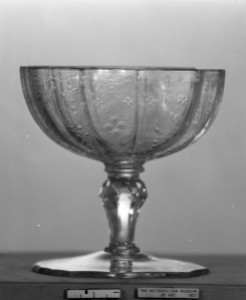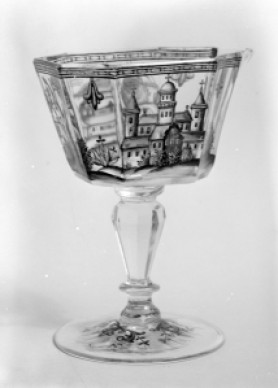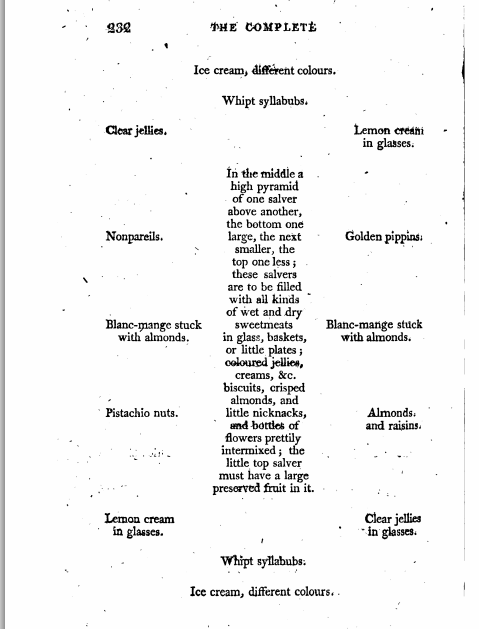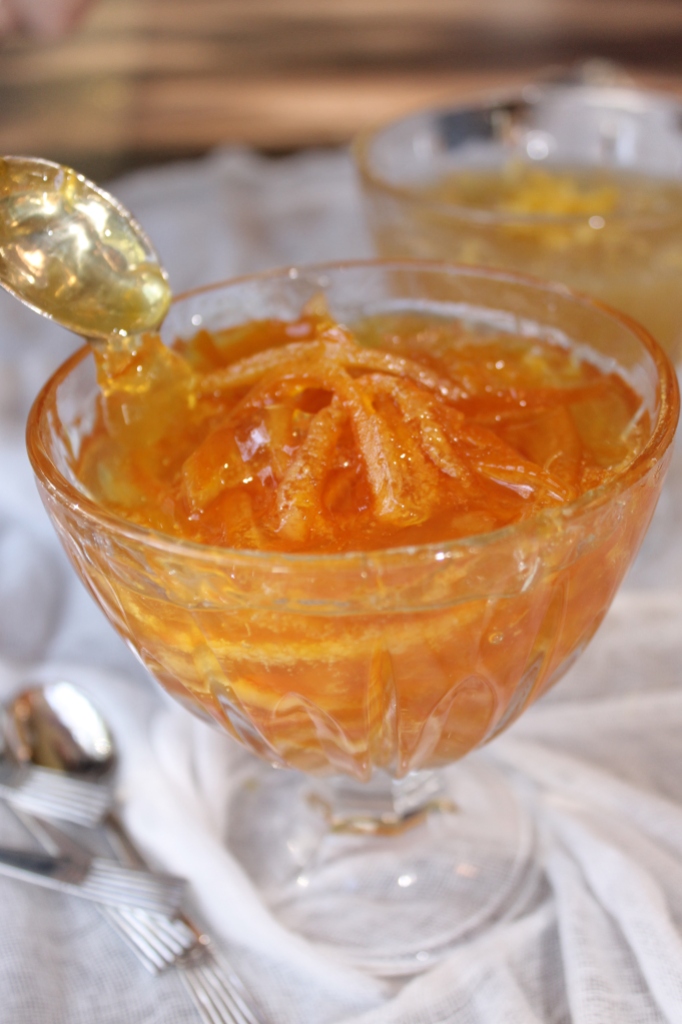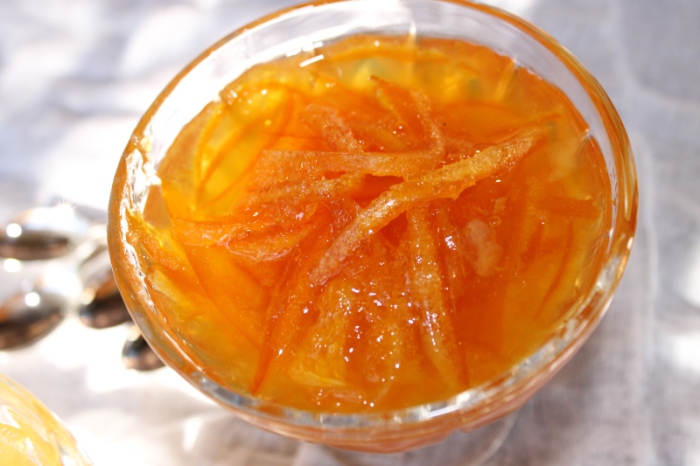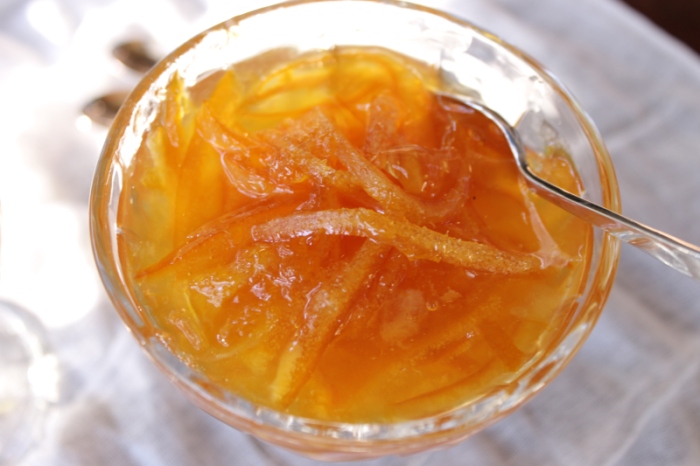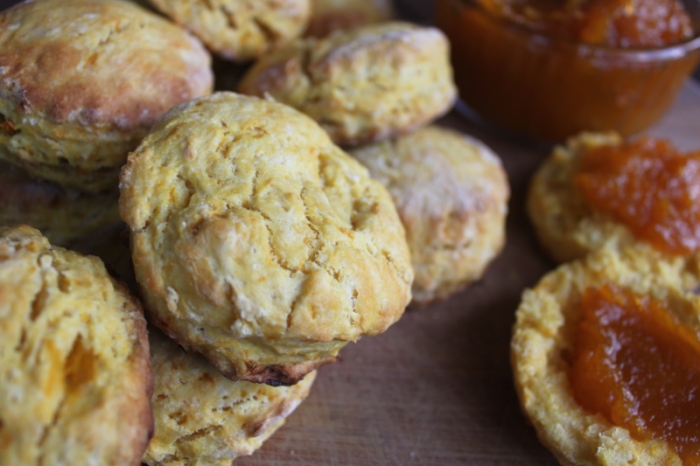
In a total coincidence, it is both jam month in the Food in Jars Mastery Challenge, and the Recipes Project Virtual Conversation month. If you haven’t been following along with the conversation, check it out because there are loads of really interesting things going on covering all types of recipes in all periods.
One of the projects that I’ve been really interested in is the series of videos by Simon Walker called “Feeding Under Fire”. In each video, Simon recreates a dish that soldiers would have eaten during World War 1, and contextualises it with information about nutrition, supply lines and what was happening on the home front.
The second video in the series (see it here) was all about the important role that jam played in soldiers’ diets. The recipe that he used was for plum and apple jam, which seems to have been the most common type of jam sent to the front lines. Even though Simon wasn’t very happy with how his jam turned out, it inspired me to make a WW1 era jam too.

A recipe for the ubiquitous plum and apple jam, from the Southland Red Cross Cookery Book, 1916.
In Australia during the First World War, there wasn’t rationing like there was in Britain. Food prices rose rapidly, and the State and Federal governments had only mixed success in setting prices for staple food. With complete control over the sugar industry, it was easier to restrain the market. When sugar prices rose overseas, the Australian government banned exports, in order to maintain sufficient supply at home.[1]
Because sugar was available in greater quantities, and generally for a lower price than in Europe, it was easier for Australian home cooks to keep making jam. Large quantities of jam were made to be sent to Australian soldiers overseas, often in packs of treats sent by the Red Cross or the Australian Comforts Fund.

“Special Effort – 2 tons of jam made by the Cobar Ladies Jam Club”. World War I – Cobar, NSW. Courtesy of the State Library of NSW.
Commercially made jam was available too, and it featured prominently in the meals provided to Australian soldiers. A large surplus of tinned jam was also sold to the British and American armies. In total, the export of jam during the war was 40 times as large as in the pre-war years.[2] As in England, much of this jam seems to have been plum and apple, but sometimes more unusual varieties appeared too.[3] According to Barbara Santich, the Imperial forces bought nearly 2,000 tons of Queensland pineapple jam![4]
Strawberry jam doesn’t seem to have been very common, presumably because strawberries are expensive to buy and comparatively low yielding. Some newspapers published recipes for mock strawberry jam, made with rhubarb and raisins (I also like this recipe from the Second World War which uses tomatoes and strawberry flavouring).
Still, strawberry jam was clearly available. In 1940, Colonel J. Travers suggested that it should be given to all soldiers, because he recalled that “During the last war, we were usually issued with strawberry jam only before a fight … but there seems no reason why these men should not have strawberry jam at other times.”[5] It’s not hard to imagine the excitement that a jar of strawberry jam would have caused, nestled in a comfort box with warm socks and a bit of cake. It was a taste of home, and a welcome distraction from the monotony of bully beef and hard tack.

The Recipe
This recipe was published in The Farmer and Settler, a NSW newspaper in January 1915.
Strawberry Jam No. 2 Recipe
Personally I prefer this method of making, as it does not mash the fruit: – Strawberries that are to be used for the purpose of this jam must be gathered after two or three days of dry weather. The berries should not be over-ripe.
The usual method is to lay the fruit and the sugar in alternate layers in the preserving pan, and to boil the jam very gently over a medium heat until it jellies when tested in the usual way. Three-quarters of a pound of sugar per pound of strawberries is generally sufficient, but if the berries do not appear to be particularly sweet, five pounds of sugar to each six pounds of strawberries will be a better proportion.[6]
If you want a jam with large pieces of fruit in it, this method of layering the fruit and sugar works really well. However, the proportion of sugar to fruit is quite high, so the final result is very sweet. It is also a very soft set jam, almost a syrup, because strawberries are low in pectin and there is no pectin added to the recipe.
[1] Scott, Australia during the War, XI:646–48.
[2] Ibid., XI:544.
[3] “War With Jam On It: As It Seems to Veterans.”
[4] Santich, Bold Palates: Australia’s Gastronomic Heritage, 254.
[5] “Strawberry Jam for the Soldiers.”
[6] “Strawberry Jam No. 2 Recipe.”

The Redaction
Strawberry Jam No. 2
Strawberries
Sugar
- Hull your strawberries, and weigh them. Measure out 3/4 of that weight in sugar (so if you have 400g strawberries you need 300g sugar).
- Take a preserving pan large enough to fit all your strawberries and sugar. Place half the strawberries in the bottom of the pan and spread them out to make an even layer. Put half the sugar on top, followed by the remaining strawberries and the rest of the sugar. For large quantities you may want to increase the number of layers.
- Slowly heat the mixture, without stirring, until all the sugar is dissolved. Then cook the jam over medium heat until it set using the wrinkle test (it will be about 105C). Pour the hot jam into sterilised jars and seal.
The Round-Up
The Recipe: Strawberry Jam No. 2 Recipe (available here)
The Date: 1915
How did you make it? See above.
Time to complete?: 45 mins.
How successful was it?: It’s very sweet, with a strong strawberry flavour. I really like the large pieces of strawberry, but I found the set too syrupy for my taste.
How accurate?: The main difference would probably be in the bottling process, although I suppose that there could also be differences in the type of strawberries and sugar. Overall, though, it’s a pretty good approximation.

References
Santich, Barbara. Bold Palates: Australia’s Gastronomic Heritage. South Australia: Wakefield
Press, 2012.
Scott, Ernest. Australia during the War. Vol. XI. The Official History of Australia in the War of
1914-1918. Sydney, Australia: Angus and Robertson Ltd., 1936.
“Strawberry Jam for the Soldiers.” Sydney Morning Herald. January 12, 1940.
“Strawberry Jam No. 2 Recipe.” Farmer and Settler. January 5, 1915.
“War With Jam On It: As It Seems to Veterans.” Worker. January 23, 1940.











